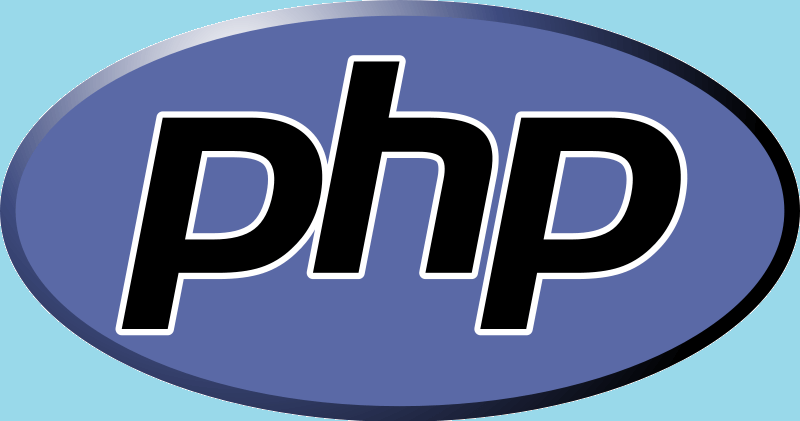When project development is in progress, practically each of the members may not meet face to face at a single workplace, neither the communication/documentation be available at the same location.
In order to overcome these hurdles, Andolasoft designed and developed a unique project collaboration tool called ‘Orangescrum’ with lots of facility and flexibility.
It is developed using CakePHP with very simple yet intuitive interfaces with easy-to-use functionalities which distinct it from other similar tools. It efficiently handles projects by maintaining effective communication among the project members with some brilliant features as discussed below
Orangescrum allows you to share files while assigning tasks to the developers for your projects. It is taken care of that the popular format (.doc, .docx, .xls, .html etc) are supported. This is extremely helpful for relating tasks with additional information in the form of documents.
- Create and track all the task of a milestone from a single page. Milestones can be set as per the project deadline so that the stakeholders are alerted. Also tasks can be streamlined for each milestone and assigned them to concerned project members.
- It uses a ticketing workflow to create a new task while addressing the issue. These tasks can then be assigned to specific team members in different phases. It facilitates to manage through various phases such as ‘NEW’, ‘WIP’, ‘START’ and ‘CLOSE’
- It can also be used as a bug tracker or issue tracker. It includes filters and options to make issue tracking easier by assigning it to the concerned project members.
- You can set email or mobile alerts to anyone involved in a project, which can be prioritized and targeted to concerned individuals. It also facilitates the receiver to reply directly from the web mail which is automatically updated in Orangescrum.
- It includes the ‘Archive’ facility for safe storage of files and tasks. This feature helps to keep the files and task safe. These contents can later be retrieved at any time, unless it is removed permanently.
To know more about Orangescrum, please visit: www.orangescrum.com






